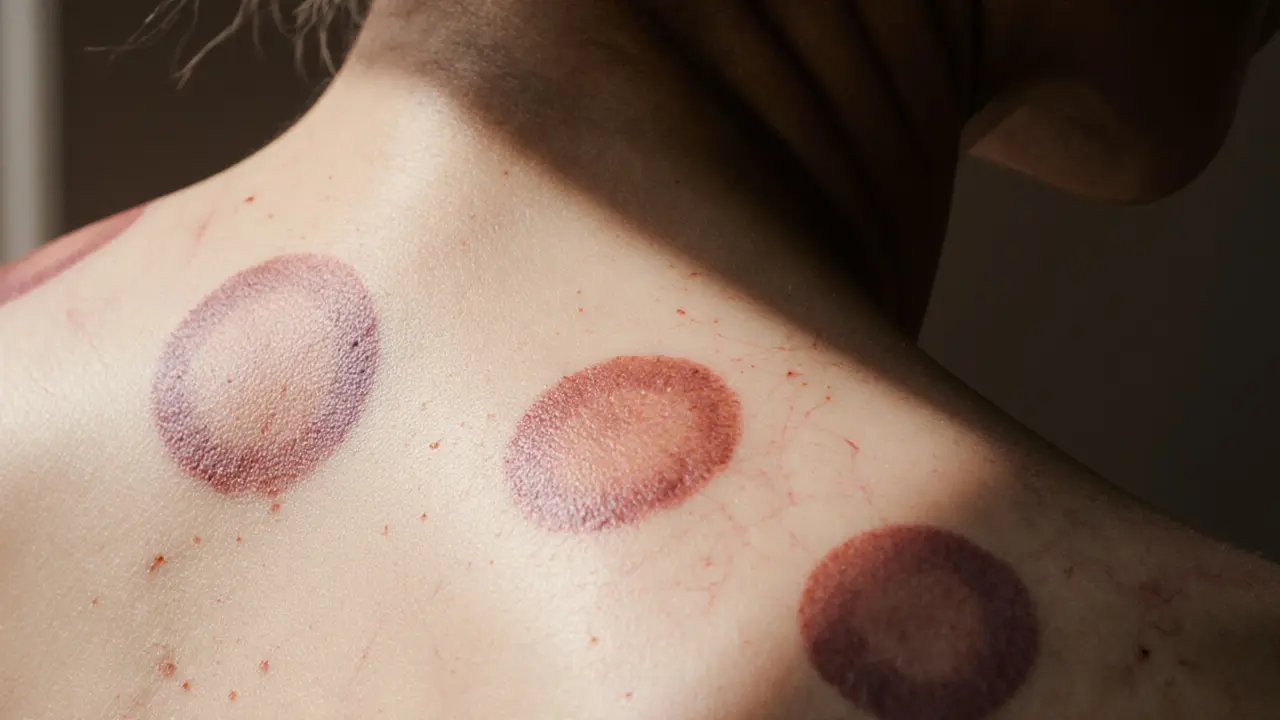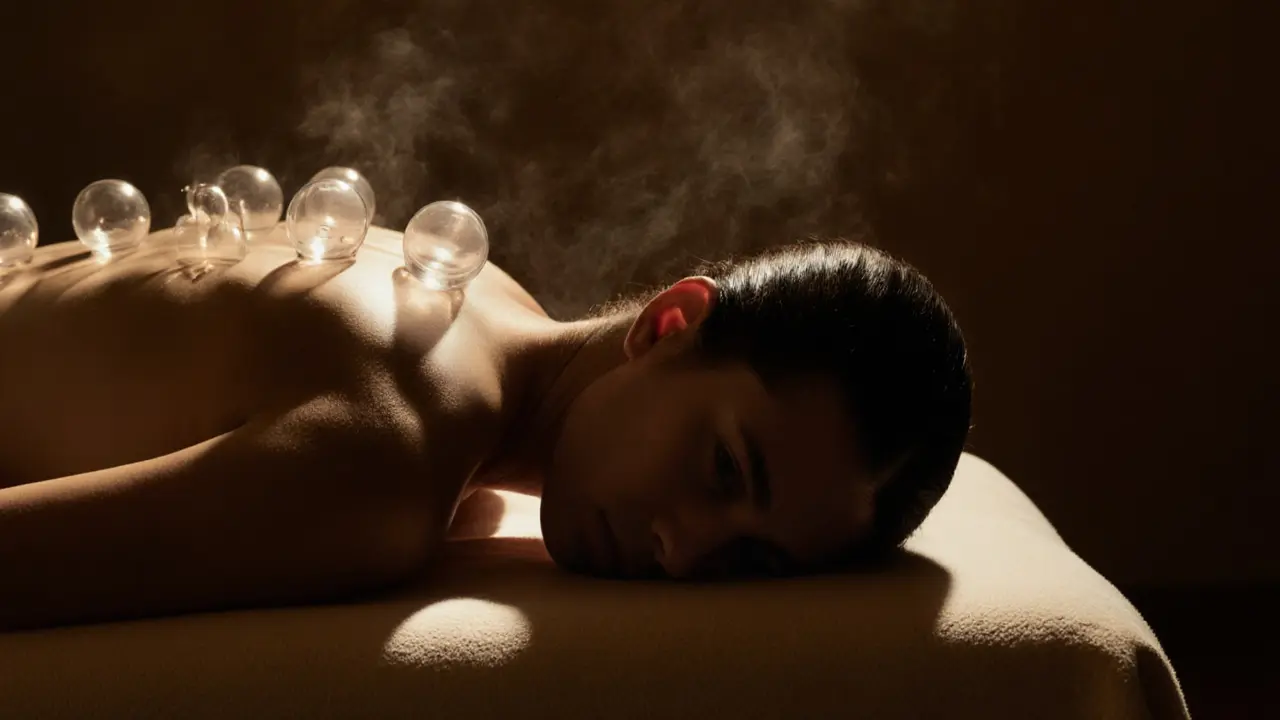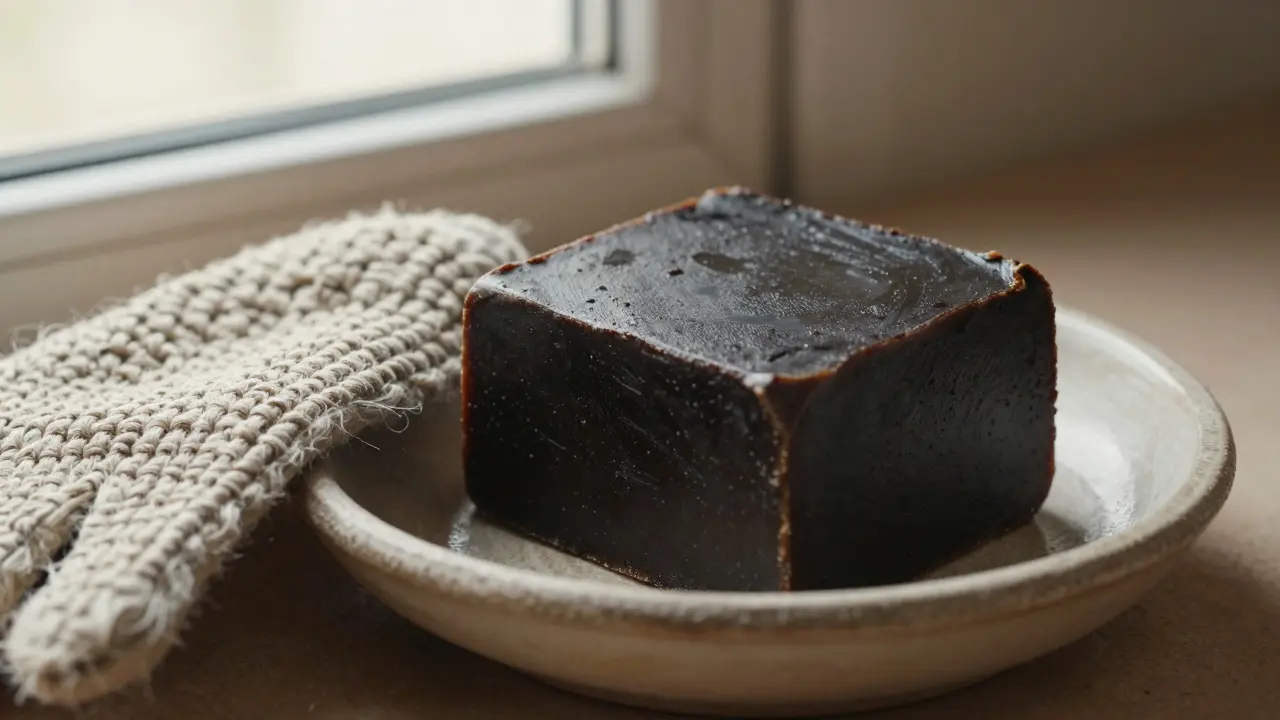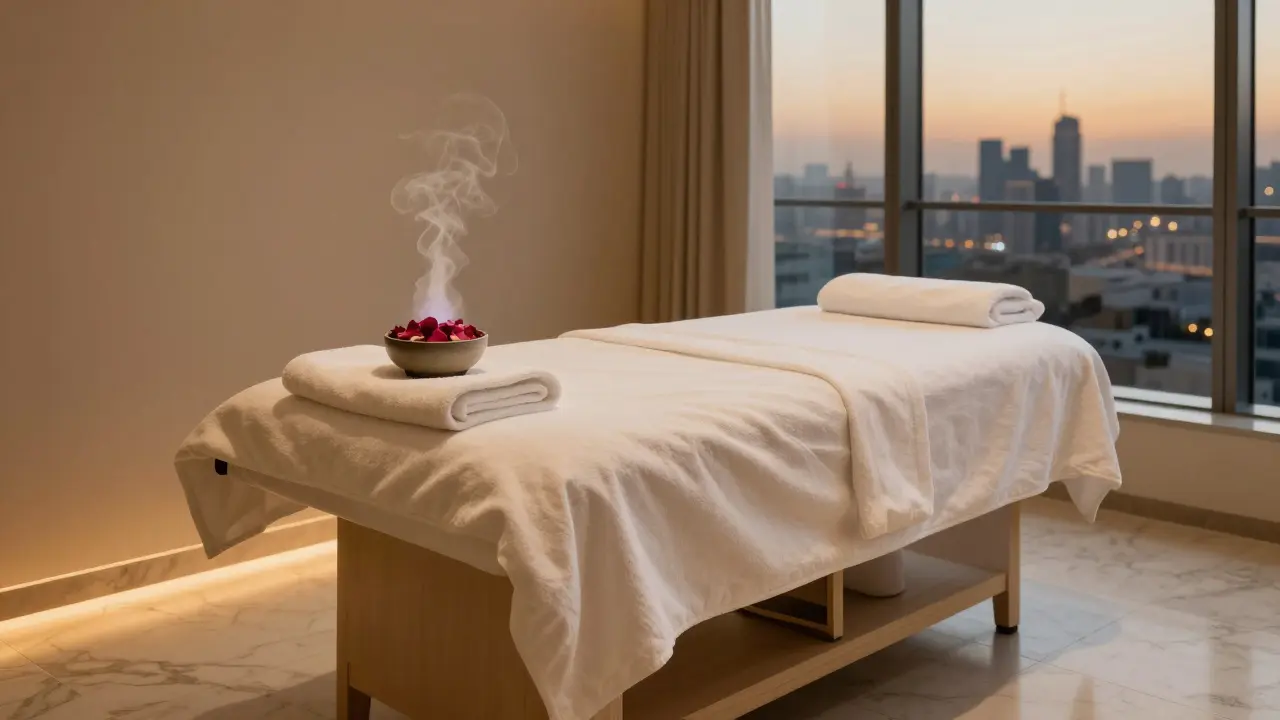Why Do I Feel Sick After Cupping? Explaining the Common Reactions
You walked out of your cupping session feeling relaxed-maybe even a little euphoric. But an hour later, your stomach churned. You felt dizzy. Maybe you even threw up. Now you’re wondering: why do I feel sick after cupping? You weren’t expecting this. You thought cupping was just a gentle massage with suction cups. Turns out, it’s more like your body’s internal alarm system just went off.
Understanding the Basics of Cupping Therapy
Origins and History
Cupping therapy isn’t new. It’s been used for thousands of years across cultures-from ancient Egyptian texts to traditional Chinese medicine and even early Greek practices. In the Middle East, especially in places like Dubai, it’s often tied to hijama, a form of wet cupping that includes controlled bloodletting. The idea has always been the same: pull stagnation out. Whether it’s old blood, toxins, or blocked energy, the suction is meant to stimulate circulation and trigger healing. It’s not magic. It’s physiology.
Core Principles or Components
Cupping works by creating negative pressure on the skin using glass, silicone, or plastic cups. This draws blood to the surface, stretches connective tissue, and stimulates nerves and lymphatic flow. Dry cupping just uses suction. Wet cupping adds small incisions to draw out a tiny amount of blood. Both aim to wake up your body’s natural repair systems. Think of it like hitting a reset button on tight muscles and sluggish circulation. But when you reset something that’s been dormant for a while, it can get noisy.
How It Differs from Related Practices
Cupping isn’t massage. It’s not acupuncture. It’s not even a deep tissue release in the traditional sense. Here’s how it stacks up:
| Practice | Key Feature | Primary Benefit |
|---|---|---|
| Cupping | Creates suction to lift tissue | Stimulates blood flow and lymphatic drainage |
| Massage | Applies pressure to compress tissue | Relaxes muscles, reduces tension |
| Acupuncture | Inserts needles into specific points | Regulates energy flow (Qi) |
| Hot Stone Therapy | Uses heated stones for warmth | Calms nervous system, improves circulation |
Who Can Benefit from Cupping?
People with chronic muscle tightness, athletes recovering from injury, those with recurring headaches, or even individuals dealing with stress-related tension often find relief. In Dubai, where heat and sedentary lifestyles are common, cupping is popular for easing back pain and improving circulation. But it’s not for everyone. If you’re on blood thinners, have open wounds, or are pregnant, you should skip it. And if your body is already under stress-say, from illness, jet lag, or lack of sleep-you might react more strongly.
Benefits of Cupping Therapy for Your Body
Improved Circulation
The suction pulls blood into the area, increasing oxygen and nutrient delivery. This helps flush out metabolic waste like lactic acid and inflammatory markers. Many users report feeling lighter and more energized afterward-not because of detox myths, but because circulation got a real boost.
Reduced Muscle Stiffness
When muscles stay tight for too long, they develop adhesions-like dried glue between fibers. Cupping gently peels those layers apart. It’s especially helpful for people who sit all day or carry heavy bags. One Dubai-based fitness trainer told me his clients often feel more mobile after just one session, especially in the shoulders and upper back.
Stress and Nervous System Regulation
Cupping activates the parasympathetic nervous system-the part that says, “You’re safe now.” That’s why some people fall asleep during sessions. But when your body shifts from fight-or-flight to rest-and-digest, it can trigger a release of stored tension, which sometimes feels like nausea or fatigue. It’s not the cupping making you sick. It’s your body finally letting go.
Immune System Activation
The localized inflammation caused by cupping signals your immune system to send repair cells to the area. This is why some people feel flu-like symptoms afterward: your body is responding to a minor stressor. It’s similar to how you might feel tired after a tough workout. It’s not damage-it’s adaptation.
What to Expect When Engaging with Cupping
Setting or Context
In Dubai, most cupping sessions happen in quiet, temperature-controlled rooms-think dim lights, calming music, and the faint scent of essential oils. You’ll lie on a massage table, usually in your underwear or loose clothing. The practitioner will mark areas based on your symptoms-back, neck, shoulders, or even legs. It’s not a spa treatment; it’s a therapeutic process.
Key Processes or Steps
First, the skin is cleaned. Then, cups are placed and suction is applied using heat or a manual pump. They stay on for 5 to 15 minutes. In wet cupping, small superficial cuts are made after suction, and a second round of cups draws out a few milliliters of blood. After removal, the skin may be cleaned and covered. The whole session lasts 30 to 60 minutes.
Customization Options
Cupping isn’t one-size-fits-all. Pressure can be adjusted. Cup size and material vary. Dry cupping is gentler. Wet cupping is more intense and requires a licensed practitioner. You can also choose targeted areas-just the back, or full body. If you’re new, always start with dry cupping and a short session.
Communication and Preparation
Tell your practitioner if you’re feeling unwell, dizzy, or fatigued. Don’t show up on an empty stomach or right after a big meal. Hydrate well the day before. Avoid alcohol or caffeine 12 hours before. Your body needs to be in a stable state to process the stimulus.

Why You Might Feel Sick After Cupping
Detox Misconceptions
Don’t believe the hype. Cupping doesn’t “detox” your liver or kidneys. Your body does that on its own. What you’re feeling isn’t toxins leaving your body-it’s your immune and nervous systems reacting to the physical stimulus. The bruising you see? That’s just broken capillaries and pooled blood. The nausea? Likely a vagal response-your body’s way of slowing down after a sudden physiological shift.
Dehydration and Low Blood Sugar
Many people skip water before cupping. Others do it after a long day of work, without eating. That’s a recipe for dizziness. The suction pulls fluid toward the skin, which can temporarily reduce blood volume elsewhere. If you’re already low on fluids or glucose, your brain doesn’t get enough oxygen. Result: lightheadedness, nausea, even fainting.
Overstimulation of the Nervous System
If you’re already stressed, sleep-deprived, or recovering from illness, cupping can push your system over the edge. It’s like adding one too many layers to a stack that’s already wobbling. Your body doesn’t know how to handle the extra input. That’s when you feel sick-not because cupping is dangerous, but because your baseline was already fragile.
Wet Cupping and Blood Response
If you had wet cupping, the small blood loss-even just a teaspoon-can cause temporary anemia-like symptoms: fatigue, headache, pallor. This is normal for healthy adults, but if you’re prone to low iron or have anemia, it can be too much. Always disclose your medical history before wet cupping.
How to Prevent Feeling Sick After Cupping
Hydrate Before and After
Drink at least 500ml of water two hours before your session. Afterward, keep sipping water for the next 12 hours. Electrolyte drinks can help if you’re sweating or feeling weak.
Eat a Light Meal
Don’t fast. Eat something balanced-protein, complex carbs, healthy fats-about 90 minutes before. A banana with peanut butter or yogurt with nuts works well. Avoid sugar spikes.
Rest Afterward
Don’t rush to the gym, drive long distances, or jump into a meeting. Give yourself 2-4 hours to recover. Rest, nap, or just sit quietly. Your body is repairing. Don’t fight it.
Start Slow
First-time users should do dry cupping for no more than 10 minutes. Avoid wet cupping until you’ve had at least 3-4 dry sessions and know how your body responds.
Safety and Ethical Considerations
Choosing Qualified Practitioners
In Dubai, look for licensed wellness centers or clinics with certified therapists. Ask about their training. Wet cupping should only be done by someone trained in sterile techniques. Don’t let someone with a YouTube tutorial do it on you.
Safety Practices
Here’s what a safe session looks like:
| Practice | Purpose | Example |
|---|---|---|
| Sterile equipment | Prevent infection | Single-use cups or properly sterilized glass |
| Skin assessment | Avoid bruising or injury | Check for rashes, open wounds, or varicose veins |
| Consent and communication | Ensure comfort | Ask you to signal if pressure is too strong |
Contraindications or Risks
Avoid cupping if you have:
- Bleeding disorders or are on blood thinners
- Open wounds, burns, or active skin infections
- Pregnancy (especially on the abdomen or lower back)
- Severe heart disease or uncontrolled hypertension
- Recent surgery or fractures in the area
If you’re unsure, talk to your doctor. Cupping is generally safe-but not if your body is already under strain.

Enhancing Your Experience with Cupping
Adding Complementary Practices
Pair cupping with gentle stretching, hydration, or a warm Epsom salt bath afterward. Avoid intense exercise or cold showers for 12 hours. Some people find that light yoga or breathwork helps calm the nervous system post-session.
Regular Engagement for Benefits
One session won’t fix chronic pain. Most people benefit from weekly sessions for 3-4 weeks, then monthly maintenance. Think of it like brushing your teeth-not a cure, but a habit that keeps things running smoothly.
Finding Resources or Experts for Cupping
Researching Qualified Practitioners
Look for clinics affiliated with traditional medicine associations or licensed wellness centers. In Dubai, many spas offer cupping, but only a few have trained practitioners. Ask for credentials. A good therapist will explain the process, ask about your health, and never pressure you into wet cupping.
Online Guides and Communities
Reputable wellness blogs and platforms like the World Health Organization’s traditional medicine pages offer general guidance. Avoid TikTok “tips” or unverified influencers. Stick to sources backed by clinical experience.
Legal or Cultural Considerations
In the UAE, wet cupping (hijama) is culturally accepted and widely practiced. But clinics must follow health regulations. Always ensure the facility is licensed by Dubai Health Authority (DHA). Never try it at home without training.
FAQ: Common Questions About Cupping
Why do I feel sick after cupping?
Feeling nauseous, dizzy, or fatigued after cupping is usually a sign your body is reacting to the physical stress of the treatment-not because toxins are being released. The suction increases blood flow and triggers your nervous system to shift into repair mode. If you’re dehydrated, haven’t eaten, or are already run down, your body may struggle to handle the change. This is temporary and not dangerous. Rest, hydrate, and avoid strenuous activity for a few hours. If symptoms last more than 24 hours or include vomiting, fever, or severe pain, consult a doctor.
Is it normal to feel worse before feeling better after cupping?
Yes, it’s common. Cupping is a mild trauma to the tissue. Your body responds by increasing inflammation to begin healing-similar to how you feel sore after a workout. This is called a healing reaction. It usually peaks within 12-24 hours and fades by day two. Many people report feeling significantly better after that. Don’t mistake this reaction for the treatment failing. It’s often a sign it’s working.
Can cupping make you sick if you’re already ill?
Yes. If you have a cold, flu, fever, or are recovering from surgery or infection, cupping can overstimulate your immune system. Your body is already working hard to heal. Adding more stress-even gentle stress-can delay recovery or worsen symptoms. Wait until you’re fully recovered before scheduling a session. Listen to your body. If you’re tired, achy, or feverish, skip it.
How long do cupping side effects last?
Most side effects-like dizziness, nausea, or fatigue-last 4 to 24 hours. Bruising can last up to 10 days, depending on your skin and how strong the suction was. The discoloration isn’t a bruise in the traditional sense-it’s pooled blood under the skin. It fades as your body reabsorbs it. If symptoms persist beyond 48 hours, or if you develop swelling, numbness, or sharp pain, seek medical advice.
Should I avoid cupping if I have low blood pressure?
If you have chronically low blood pressure, cupping can cause dizziness or fainting because it temporarily shifts fluid toward the skin, reducing circulation to your brain. It’s not strictly forbidden, but you need to be extra cautious. Always inform your practitioner. Stay hydrated, eat before the session, and lie down afterward. Avoid wet cupping entirely if your blood pressure is unstable. A gentler, shorter dry cupping session may be safe with supervision.
Conclusion: Why Cupping is Worth Exploring
A Path to Natural Relief
Cupping isn’t a miracle cure. But for many, it’s a powerful tool for releasing tension, improving circulation, and resetting the nervous system. The fact that you felt sick afterward doesn’t mean it’s bad-it means your body is alive and responding. It’s not about avoiding discomfort. It’s about understanding it.
Try It Mindfully
If you want to try cupping again, do it right. Hydrate. Eat. Rest. Choose a qualified practitioner. Start gentle. Let your body guide you. Healing isn’t always comfortable-but it’s rarely sudden.
Share Your Journey
Tried cupping? Share your experience in the comments-good or bad. Your story helps others decide what’s right for them. Follow this blog for more honest takes on wellness practices in Dubai. And remember: your body knows what it needs. You just have to listen.
Some links may be affiliate links, but all recommendations are based on research and quality.
Word count: 1,687
Suggested Images
- A calm, dimly lit Dubai spa room with glass cups on a person’s back during a session
- Close-up of circular red marks on skin after dry cupping, with soft lighting
- A licensed therapist in professional attire explaining the process to a client
- Person drinking water and resting quietly after a cupping session
- Side-by-side: before (tight shoulders) and after (relaxed posture) cupping
Suggested Tables
- Comparison of Cupping vs. Similar Therapies
- Cupping Safety Checklist
- Key Benefits of Cupping Therapy (Benefit, Description, Impact)








